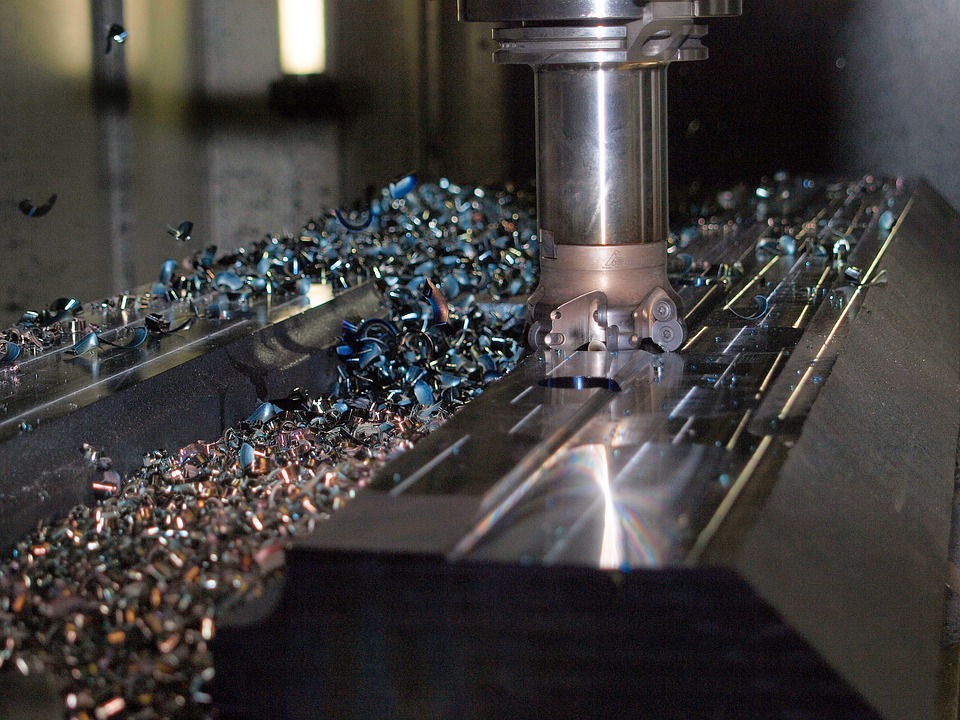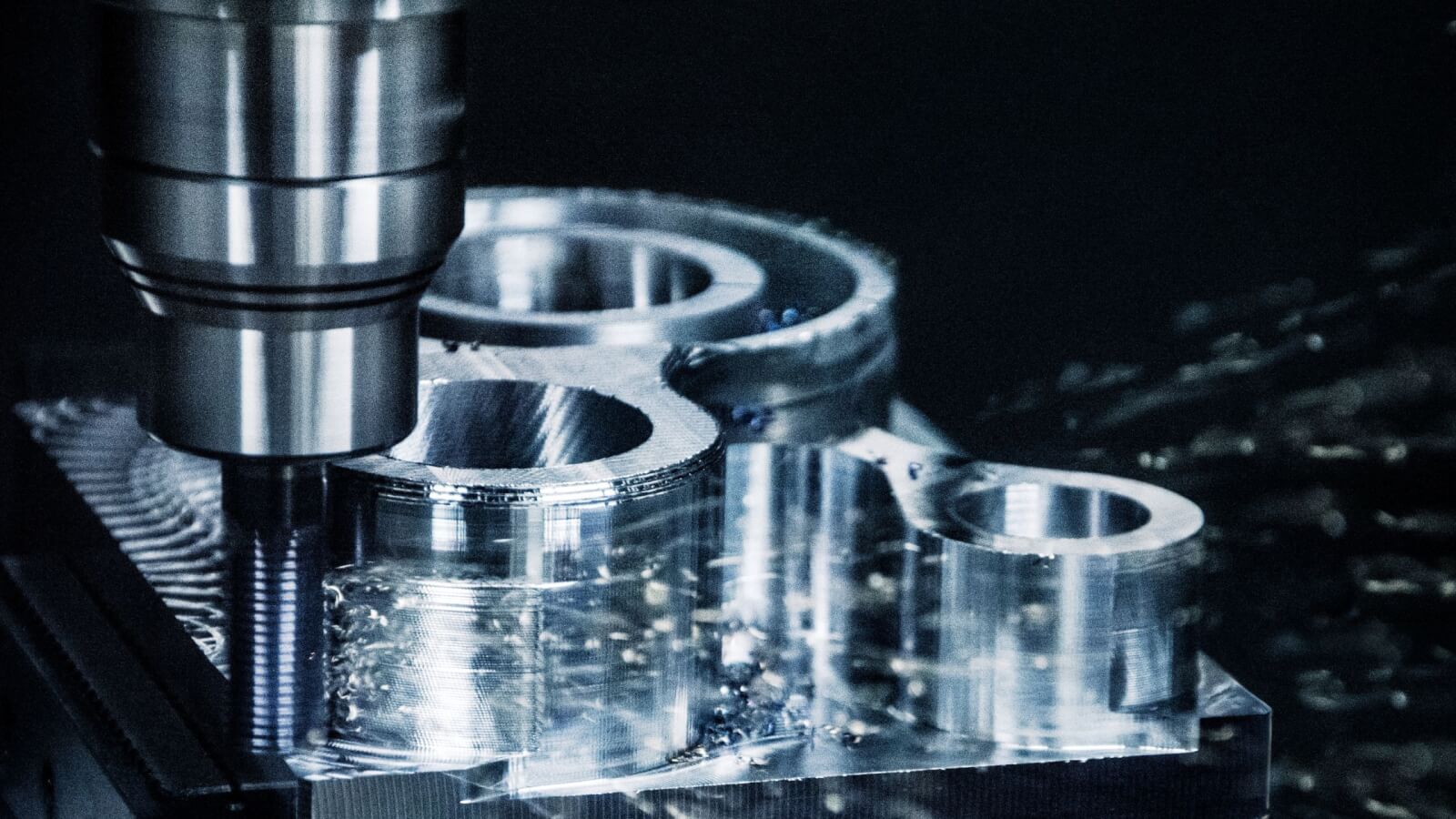Fasteners and Machining: Essential Elements for Accuracy Manufacturing
Fasteners and Machining: Essential Elements for Accuracy Manufacturing
Blog Article
Unveiling the Intricacies of Bolts and Machining Processes for Optimal Efficiency
In the realm of engineering and production, the selection of fasteners and the details of machining processes play a pivotal function in identifying the supreme efficiency and toughness of a product. From the apparently simple task of selecting the right sort of fastener to the complicated precision machining strategies utilized, every action in this procedure demands precise focus to information. As we get started on this exploration right into the world of bolts and machining, we will discover the refined yet vital factors that can dramatically affect the efficiency and high quality of the end product, clarifying the usually neglected facets that can make all the difference in accomplishing optimum performance.

Importance of Correct Bolt Selection
Picking the ideal bolts is important in guaranteeing the structural honesty and durability of any mechanical assembly. Bolts play an essential role in holding elements together firmly, with the ideal option adding dramatically to the general performance and integrity of the setting up. When choosing bolts, variables such as product compatibility, environmental problems, load-bearing capacity, and convenience of setup must be meticulously thought about to guarantee ideal performance.
Inappropriate fastener option can bring about a series of problems, including loosening, rust, and also architectural failure. Using fasteners that are not matched to the details needs of the setting up can jeopardize its functionality and pose safety risks. Consequently, engineers and designers need to diligently evaluate the application needs and choose bolts that fulfill or exceed the necessary requirements and requirements.
In addition, the correct fastener choice process includes assessing the joint design, expected tons, resonance degrees, and potential thermal growth or contraction to make sure that the picked bolts can withstand the operating conditions efficiently. By prioritizing appropriate fastener selection, makers can enhance the quality, durability, and efficiency of their mechanical assemblies.
Types and Attributes of Bolts
A vital aspect of mechanical assemblies lies in understanding the diverse kinds and one-of-a-kind characteristics of bolts made use of in numerous commercial applications. Bolts are vital parts that hold frameworks with each other, making certain security and performance. There is a vast array of fasteners available, each designed for details objectives based upon the application demands. Common sorts of bolts consist of screws, bolts, nuts, pins, washers, and rivets.
Screws are threaded fasteners that are frequently used to join 2 or more elements with each other. Nuts are internally threaded fasteners that mate with screws to hold components together. Washing machines are thin plates that disperse the lots of a fastener, stopping damages to the material being secured.
Understanding the qualities of each kind of fastener is important for choosing the ideal one for a specific application, making sure ideal performance and reliability of the mechanical assembly. published here Fasteners and Machining.
Accuracy Machining Strategies for Performance
The elaborate layout demands of various bolts necessitate utilizing precision machining strategies for optimal performance in manufacturing procedures. One of the primary strategies used in accuracy machining is Computer Numerical Control (CNC) machining, which enables high degrees of precision and repeatability in the production of bolts.
Along with CNC machining, various other accuracy techniques such as grinding, milling, and transforming are commonly utilized to attain the tight resistances required for fasteners. These strategies allow makers to create fasteners with smooth surface areas, precise measurements, and high architectural integrity. By using accuracy machining techniques, manufacturers can improve the top quality of bolts, decrease material waste, and boost overall production effectiveness. In addition, using sophisticated machining procedures aids guarantee that fasteners meet market criteria and consumer assumptions for performance and integrity.

Variables Influencing Machining Refine Performance
Different variables play a significant function use this link in determining the performance of machining processes in the production of bolts. The first important factor is the option of reducing devices. Selecting the proper devices based on the material being machined, desired surface, and reducing rates can greatly affect the performance and quality of the machining process. Furthermore, the cutting parameters such as cutting speed, feed price, and deepness of cut are important variables that influence efficiency. Fasteners and Machining. Maximizing these specifications based on the particular needs of the bolt being created is essential to accomplishing cost-effective and accurate machining.
Maker rigidity and security likewise play an essential duty in figuring out machining process efficiency. An experienced operator can make real-time changes, troubleshoot problems efficiently, and make certain that the machining process runs efficiently, ultimately influencing the final top quality of the fastener.

High Quality Control Procedures in Manufacturing
Variables affecting machining procedure efficiency, such as reducing device choice and device stability, directly impact the implementation of quality assurance measures in production. Quality assurance actions are essential in ensuring that products fulfill the called for requirements and requirements. In the manufacturing procedure, different methods are employed to maintain top quality requirements. Evaluation and screening play a critical duty in recognizing any type of discrepancies from the desired end result. Routine maintenance of machining tools is likewise vital to promote quality assurance. Calibration of tools and machines is needed to guarantee exact and accurate production processes. Additionally, applying standardized operating treatments and procedures can help in preserving consistency and top quality throughout the production line. Quality assurance determines not just concentrate on the end item however additionally on every stage of the production process to avoid mistakes and defects. By sticking to stringent top quality control steps, suppliers can enhance consumer complete satisfaction, construct a track record for reliability, and eventually attain optimal efficiency in their machining procedures.
Final Thought
Finally, choosing the appropriate bolts and making use of accuracy machining strategies are important for ideal performance in producing processes. Comprehending the types and qualities of bolts, in addition to variables affecting machining procedure efficiency, can cause enhanced effectiveness and high quality control procedures. By taking notice of these ins and outs, makers can accomplish higher levels of performance and integrity in their products.
In the world of design and production, the choice of fasteners and the complexities of machining processes play a pivotal duty in go establishing the utmost efficiency and sturdiness of a product (Fasteners and Machining). One of the primary strategies utilized in precision machining is Computer Numerical Control (CNC) machining, which makes it possible for high degrees of accuracy and repeatability in the manufacturing of bolts. The use of innovative machining procedures helps make certain that bolts meet industry criteria and client expectations for efficiency and dependability
In conclusion, picking the ideal fasteners and making use of precision machining strategies are necessary for optimal efficiency in producing procedures. Comprehending the kinds and attributes of fasteners, along with variables influencing machining procedure efficiency, can lead to boosted performance and top quality control measures.
Report this page